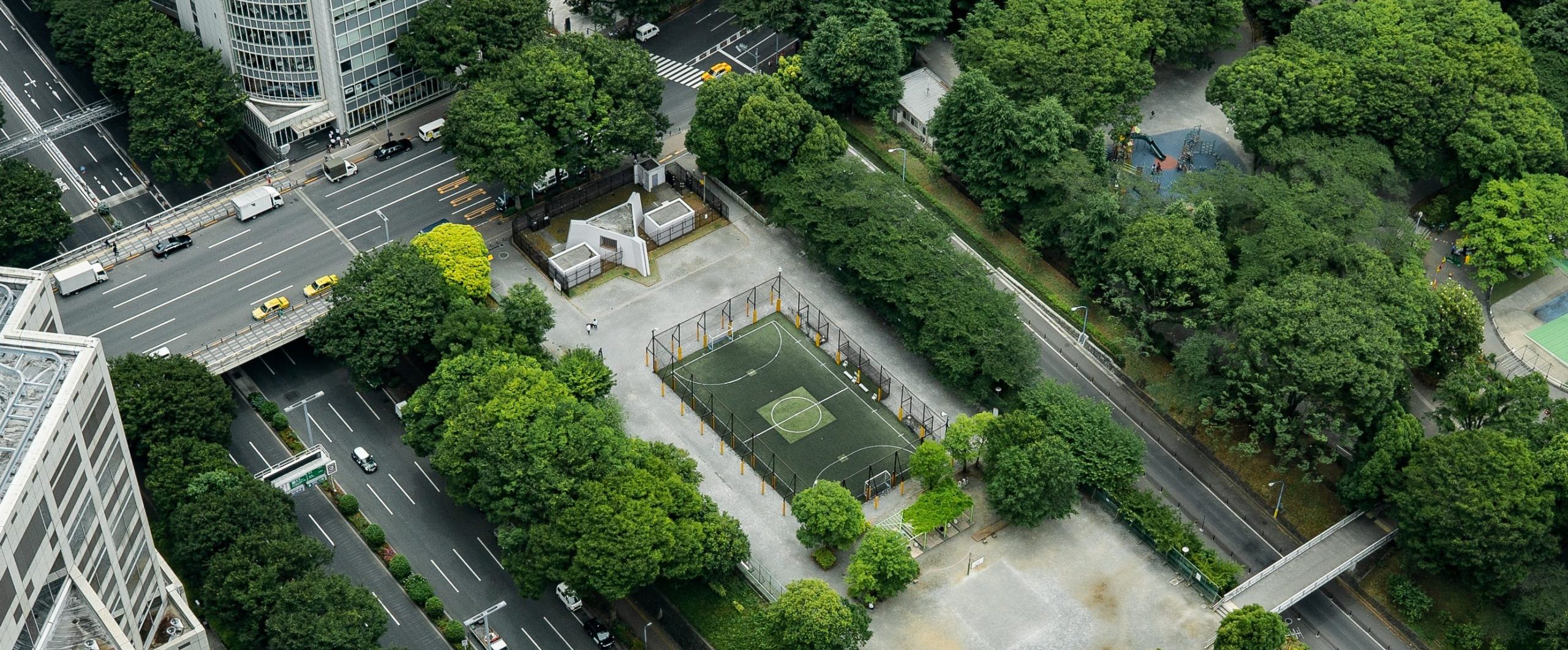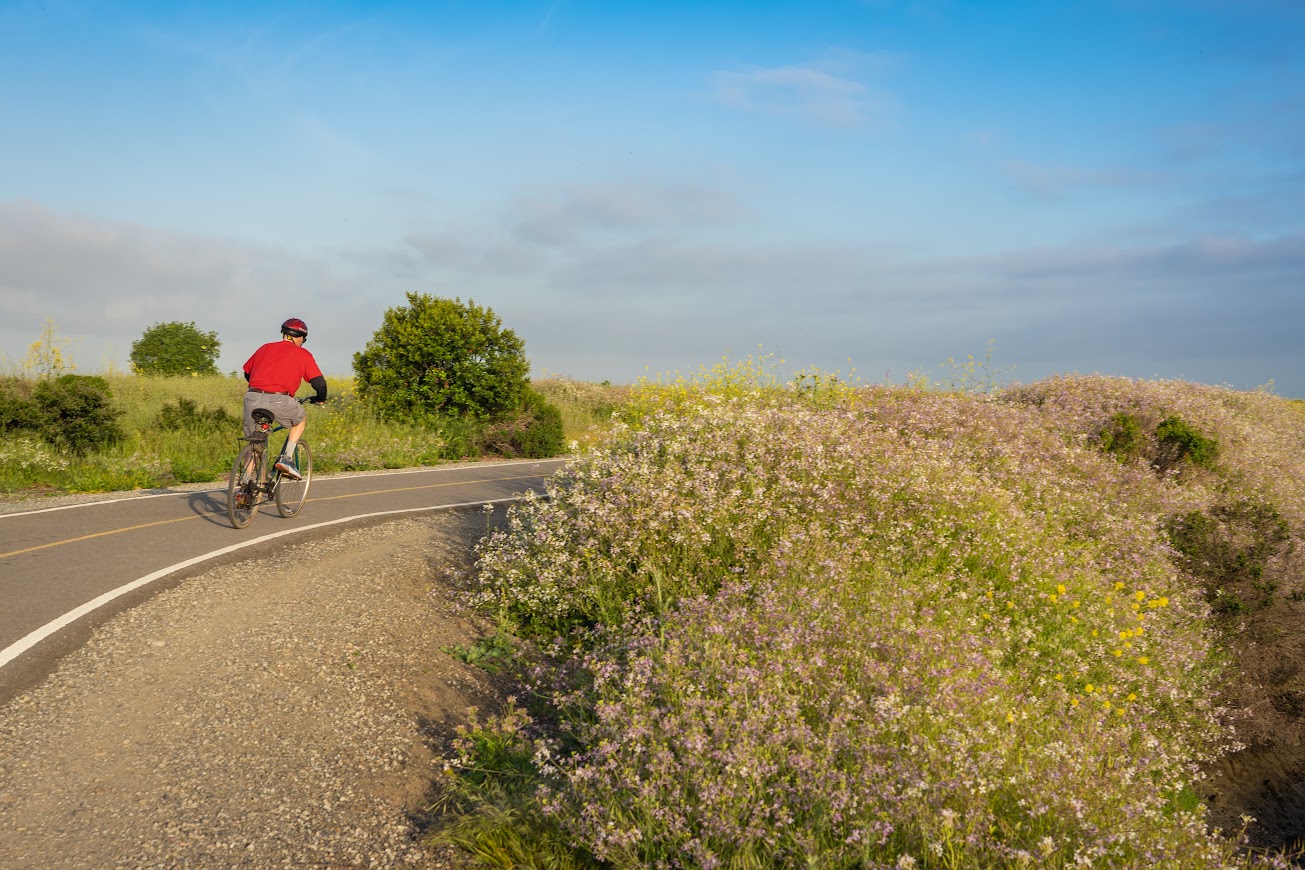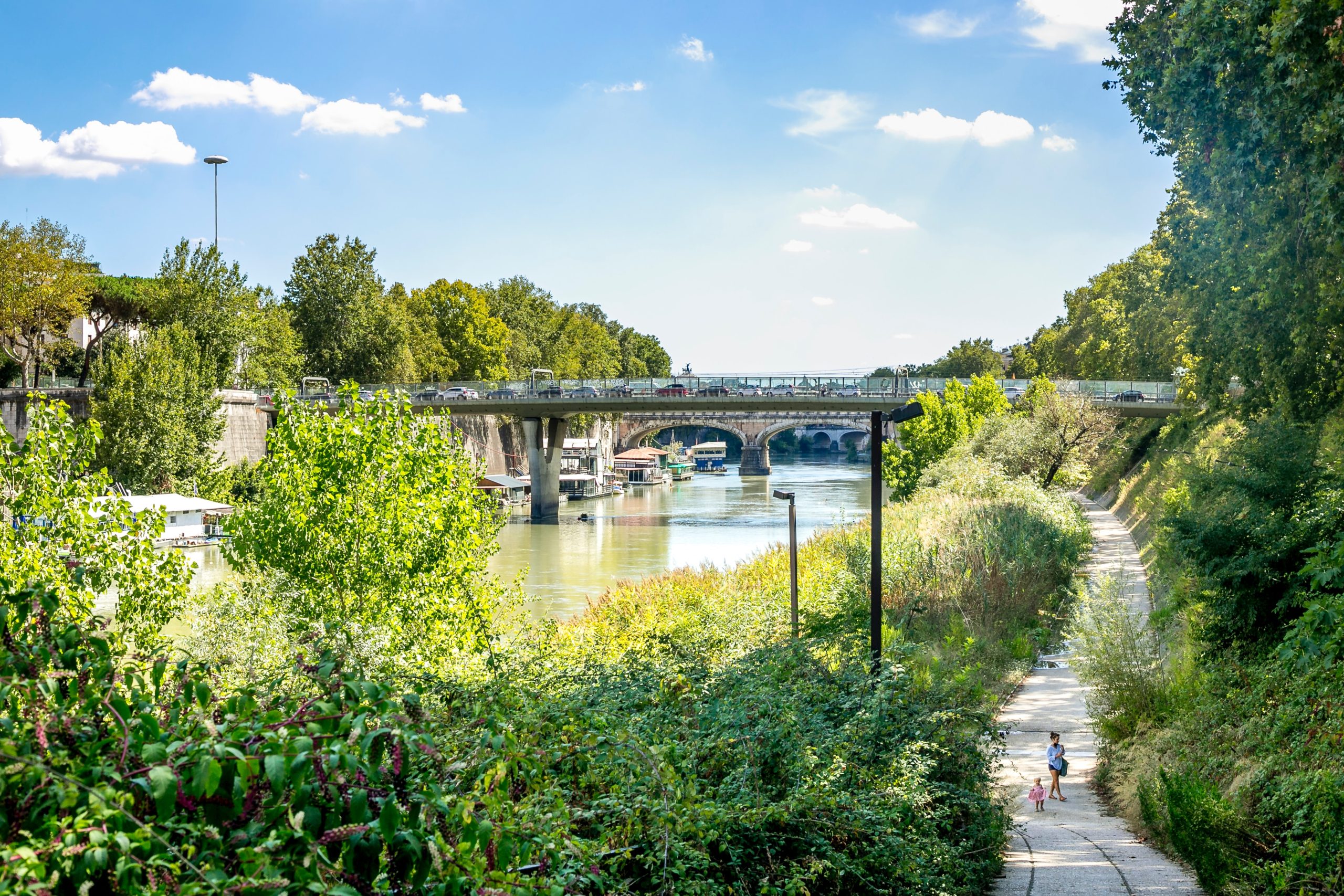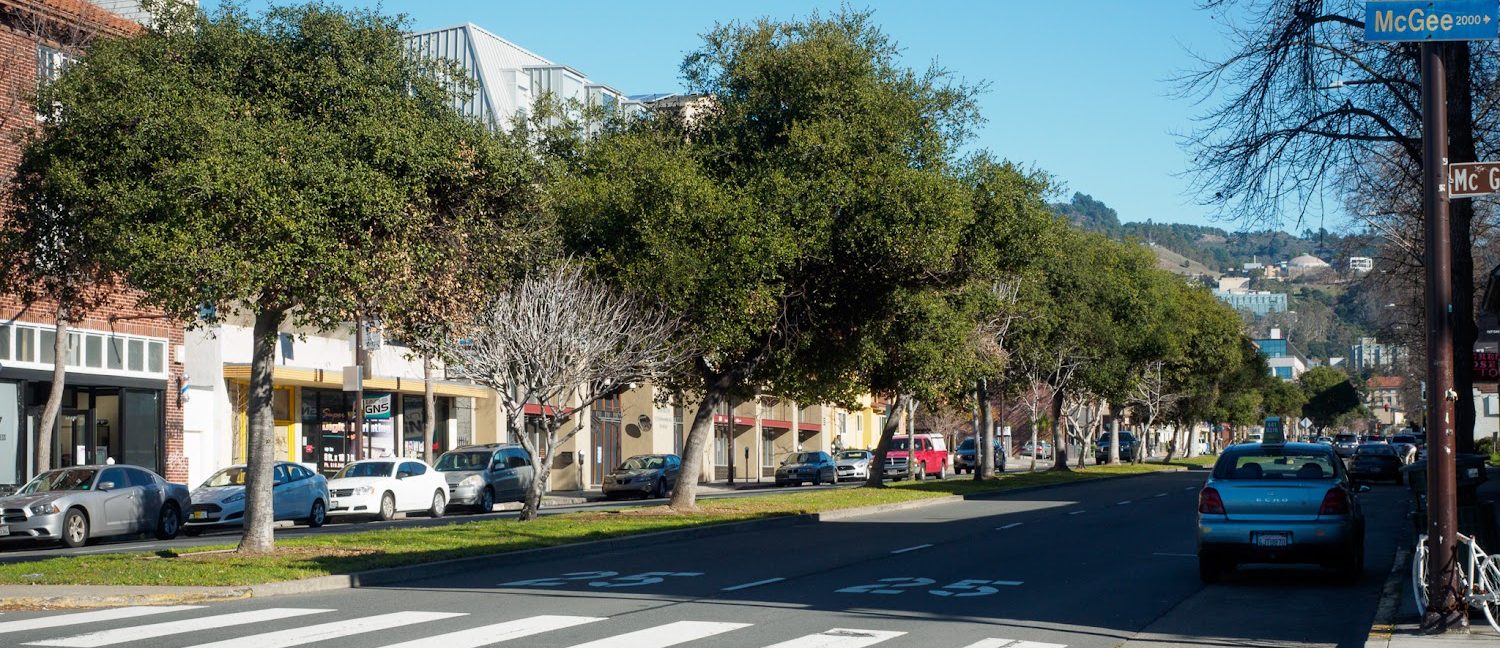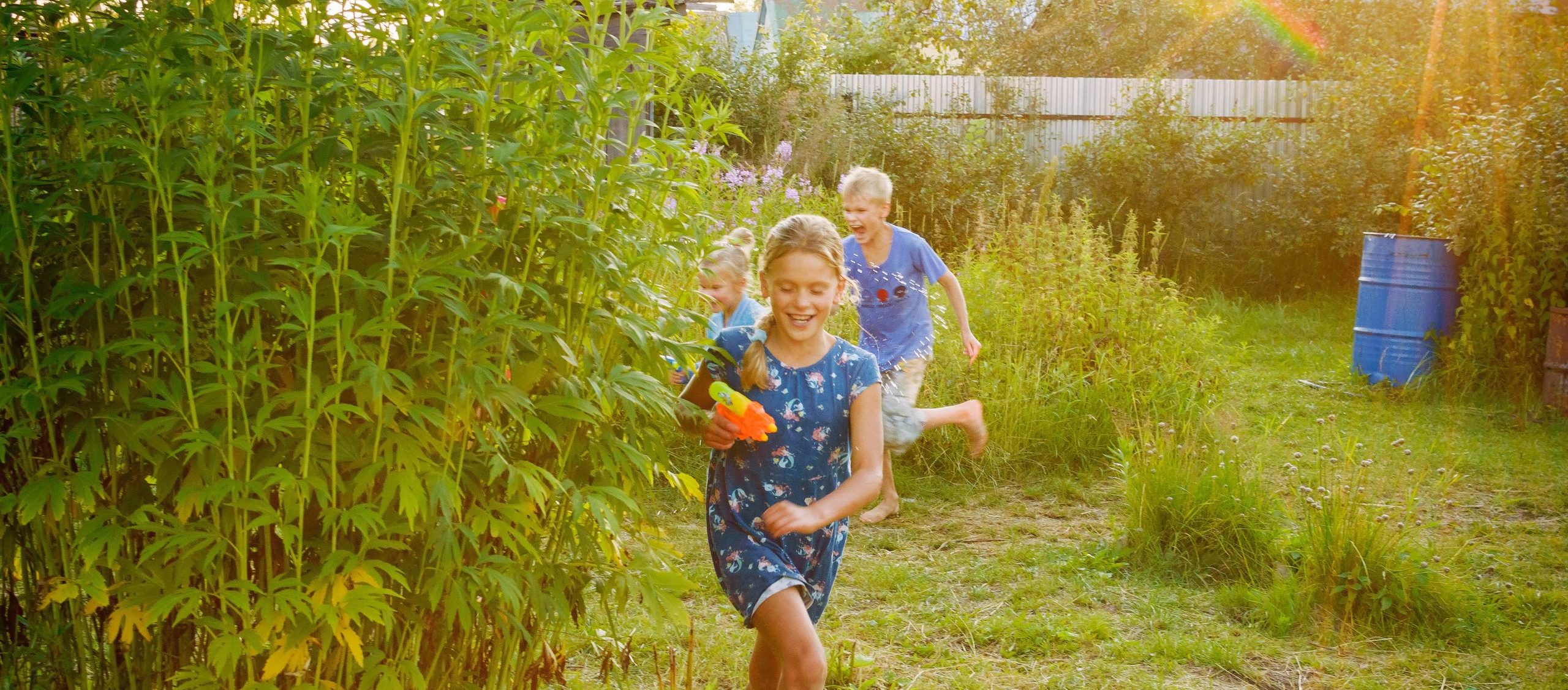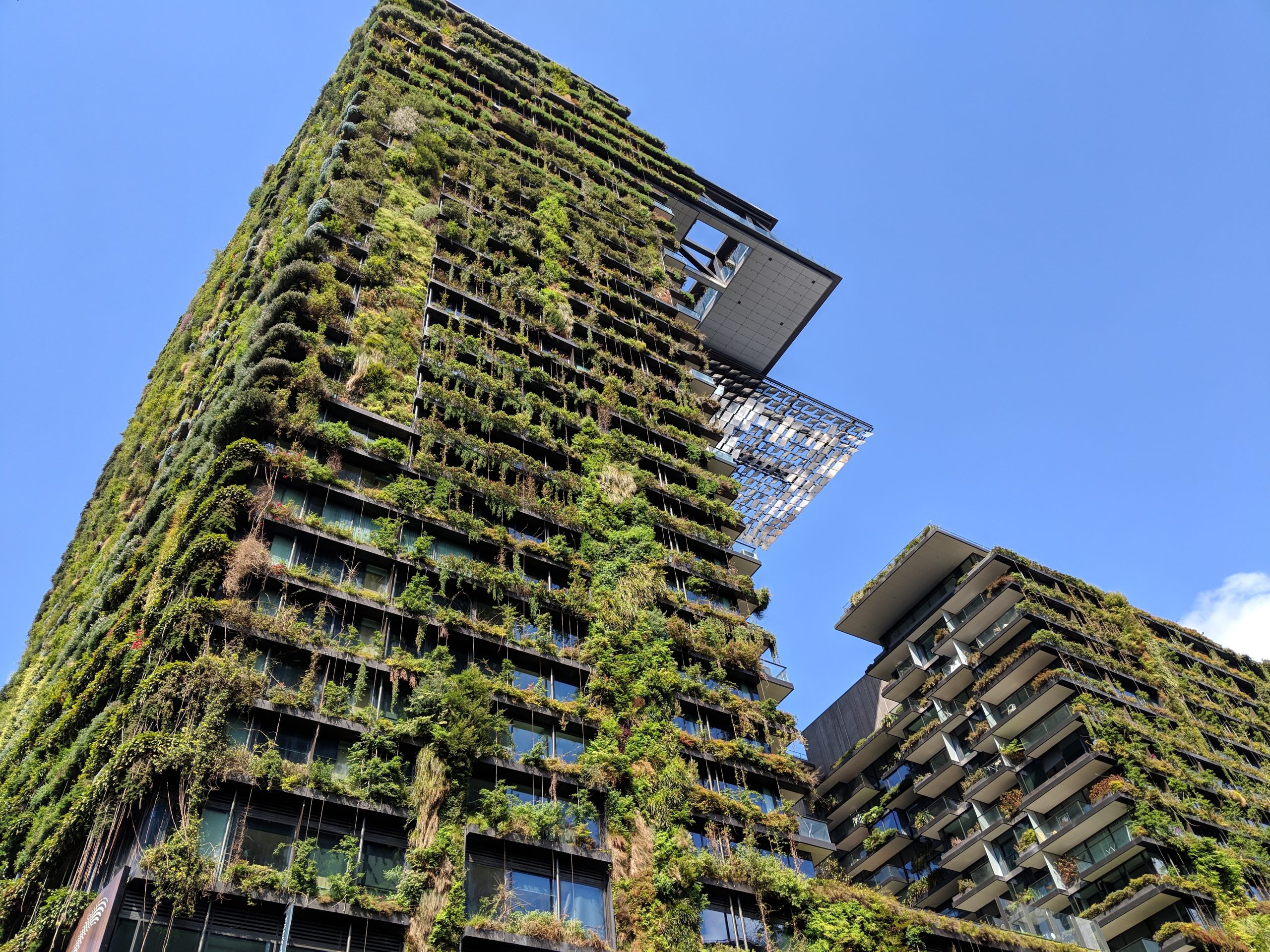For wildlife, identify parks and patches that are far away from other patches or poorly connected to other greenspaces. For people, use community engagement and spatial analysis to identify areas with limited human access to greenspaces, especially around underserved communities.
Greenspace Connectivity
Image credits: Shira Bezalel, SFEI
Greenspace connectivity can be created by strategically placing and linking publicly accessible greenspaces within a city. Such a network distributes access for residents across the city and helps wildlife move safely between patches. Key components of a greenspace network can include corridors of continuous greenspace and distributed small parks that serve neighborhoods and function as stepping stone habitat patches for wildlife.
Biodiversity role:
Greenspace connectivity supports wildlife movement across fragmented urban habitats. Corridors (such as greenways) and stepping stones (such as small greenspaces) between large habitat patches enable wildlife to move across the landscape and help reduce species loss in cities, particularly for species that are intolerant of high levels of urbanization.
Human health role:
A distributed network of greenspaces near residences improves park access and is thought to increase park use and physical activity. Perhaps relatedly, having parks and other greenspaces near residences is associated with benefits including improved mental health, physical health, and children’s behavioral development and connection to nature.
Key tensions and tradeoffs:
Limited budgets for creating and maintaining parks require choices. Wildlife benefits most from greenspaces that are near large green patches or create corridors. By contrast, human health may be best served by focusing on neighborhoods that have been historically deprived of natural space and creating distributed greenspaces to maximize access.



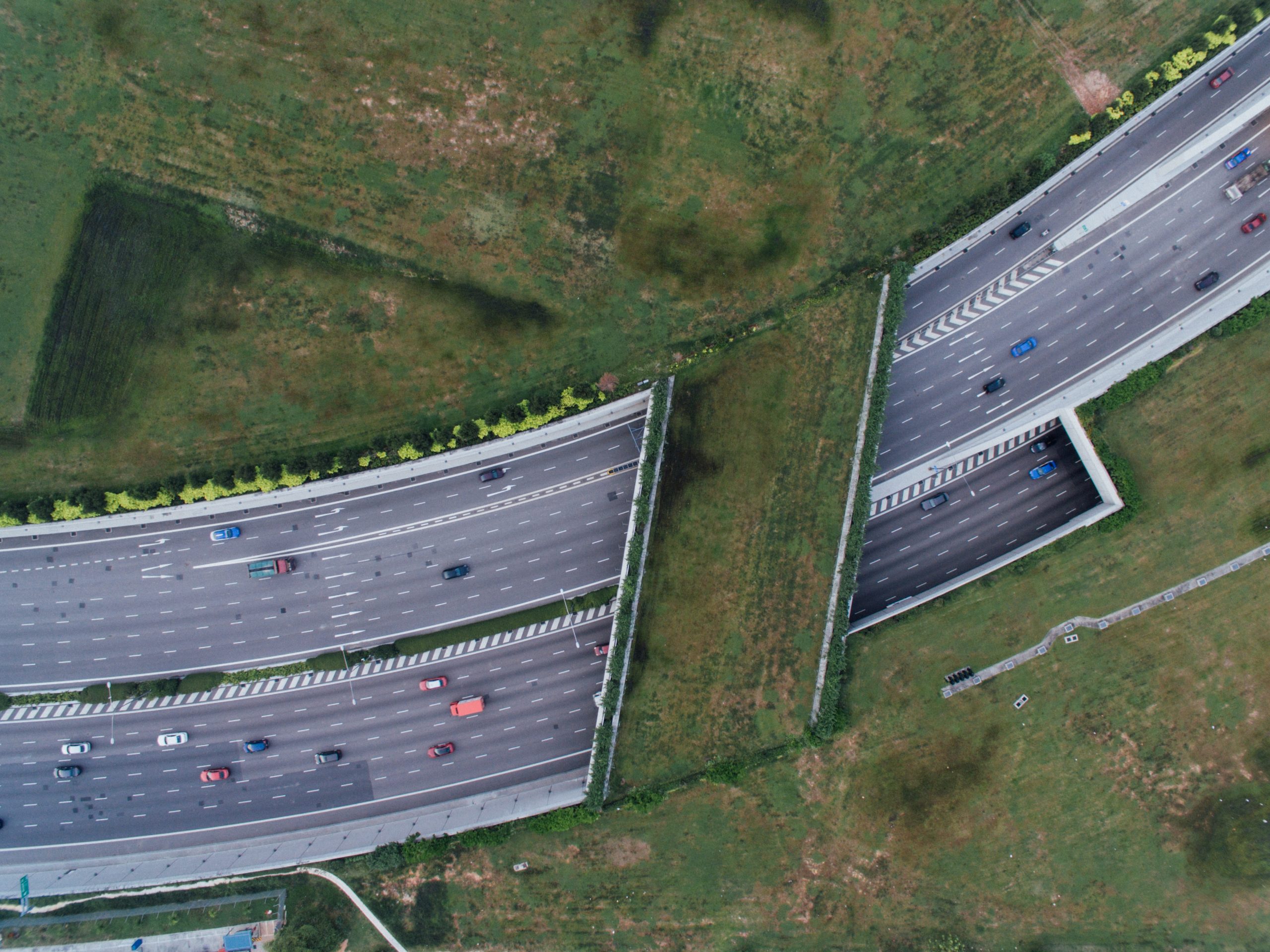


Site parks and greenways in locations that could both improve equity in human access and enhance connectivity for wildlife. When space for connectivity is limited on a particular site, consider using site-scale strategies to reduce conflict between these uses.
Positive predictors of park visitation include length of bike routes, number of subway stops and proximity to nearest bike route, bus stop and subway stop.
Where these barriers, such as major roadways, highways, and densely developed areas, block important habitat access, improve connectivity through designing corridors or stepping stones to support safe wildlife movement. Reduce gaps between greenspaces by creating connections, such as greenways, trails, and green alleys.
Where biodiversity and human needs do not align, design for the target benefit. In areas that lack greenspace for human use, create a distributed network of small parks to increase health benefits. In areas that have high biodiversity need for connectivity, prioritize creating continuous corridors or stepping stones.
Daylight buried streams and urban waterways to restore habitat and accessibility to the waterway. Streams support unique wildlife assemblages, and can function as important connectivity features. Daylighting creeks also creates new opportunities for the public to interact with water.
Relevant Site Design Strategies
Different types of urban sites present their own opportunities to support health and biodiversity based on their spatial configuration, design, site programming (or intended uses), and management decisions. Typical contexts and documents in which these strategies may be relevant include: (1) Community-led visioning for urban greenspaces; (2) Project development and planning (ex. conceptual and schematic site plans); (3) Project design (ex. detailed construction drawings and site plans).

